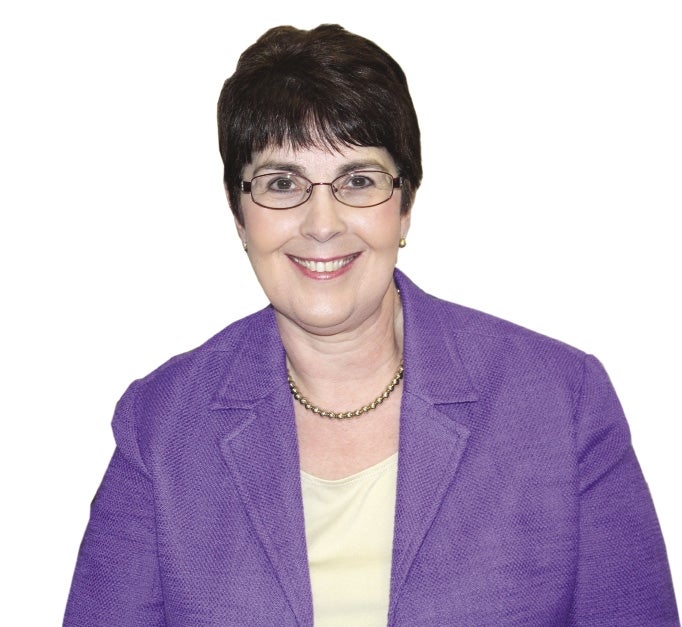When Massachusetts passed its health care cost-containment law in 2012, policymakers acted under the logic that medical care should be treated like any other product, with customers able to shop around for the very best deal.
The legislation requires insurers, hospitals and doctors to be able to tell patients – in advance – how much a test, treatment or surgical procedure could cost.
These regulations are being phased in, with insurers required to provide price quotes over the phone as of Oct. 1, 2013, and hospitals and doctors obliged to do the same by Jan. 1, just two months ago. And by next Oct. 1, insurance companies must have real-time pricing information available online that will allow patients to compare quotes with a click of a mouse.
Patients in other states can often look up the typical price range for a procedure, said Karen Granoff, senior director of managed care policy at the Massachusetts Hospital Association. But the Bay State will become one of only a handful of states where patients are privy to specific price estimates across doctors or hospitals.
“Patients certainly have a right to know what things cost,” Granoff said.
That’s especially true given the rise of high-deductible health plans, which leave patients on the hook for a larger share of their medical expenses, said Dave Przesiek, vice president of sales at Fallon Health in Worcester.
Yet thus far, not too many have expressed interest. Milford Regional Medical Center is receiving, on average, just 15 to 20 patient price inquiries per week, said Director of Patient Financial Services Rhonda Stolle, while Harvard Pilgrim Health Care has received little feedback on its online shopping tool despite having rolled it out to nearly a third of its 1 million members, said Sue Amsel, product portfolio senior manager.
Harrington Hospital in Southbridge and Fallon Health also said that pricing inquiries have been infrequent. Most places, though, expect the volume of pricing requests to climb as the public becomes more acquainted with their newfound rights.
“Patients have become a lot more savvy in the past few years,” said Jeanne Lynskey, Milford Regional’s vice president of finance and chief financial officer.
Reaction to these rules in the insurance and medical communities has been mixed, with some lauding price transparency as a way to gradually reduce costs for all parties, while others see it as an unfunded burden with limited value for the public.
‘Radical step’ toward savings
“This is a very radical step (for medical providers), and it’s not enough to save patients the money they want,” said Dr. Ronald Dunlap, president of the Massachusetts Medical Society, a physicians’ trade group.
Promoting price shopping counters efforts to create a single, centralized medical record for patients, said Tom Sullivan, Harrington’s chief financial officer and vice president of fiscal services. Having patients “cherry pick” the cheapest facilities for procedures will result in the scattering of information and make it tough for primary care doctors to maintain accurate records, he said.
Dunlap and others also questioned the feasibility of conducting a true apples-to-apples comparison.
Hospitals are only required to provide their facility charge, Lynskey said, meaning patients would have to get price quotes directly from outside surgeons or physicians to calculate the true expense of a procedure. Sullivan said his office can usually provide better estimates if the doctor conducting the surgery or operation is employed by Harrington.
Complex procedures like a hip replacement tend to have more components — such as a surgeon’s fee, room-and-board expense and rehabilitation costs — making price estimates far less reliable, Granoff said. For that reason, most inquiries tend to be for straightforward services like an office visit, lab tests or imaging, Amsel said.
Harvard Pilgrim, which has an office in Worcester, made its Now iKnow pricing database available in December to its 300,000 customers enrolled in health savings accounts (HSA), high-deductible plans that rely on employee-maintained, tax-free savings accounts to pay for most medical expenses. Amsel said the next release will be for simple deductible plans outside an HSA, while the final release will be for plans in which members pay higher fees to — or are only allowed to use — certain providers.
Meanwhile, Fallon is building its online tool and expects to have it ready for testing by late summer, Przesiek said. The program will provide users with both the total cost of service and the amount of the out-of-pocket contribution, he said.
On the provider end, both Milford Regional and Harrington are pursuing internal software that will simplify the processing of pricing queries.
Harrington devises its estimates by manually pulling up a couple of recent bills for the procedure in question, Sullivan said. But with pricing software — which the hospital expects to have running within three months — Harrington will be able to look up the average cost of a procedure over a broader span of time.
Milford Regional is able to tell patients only how much it’s paid by the patient’s insurance company for a particular procedure, Stolle said. With the software, though — which Milford has already purchased and expects to implement by early April — the hospital will be able to access copayment information and the amount that remains on a patient’s deductible. This will allow Milford to quote patients their actual out-of-pocket expense.
“Almost everyone has a deductible now,” Stolle said. “I think this gives people some sort of relief.”
Updated at 1:35 p.m. Tuesday to correct the name of the organization at which Karen Granoff is employed.

